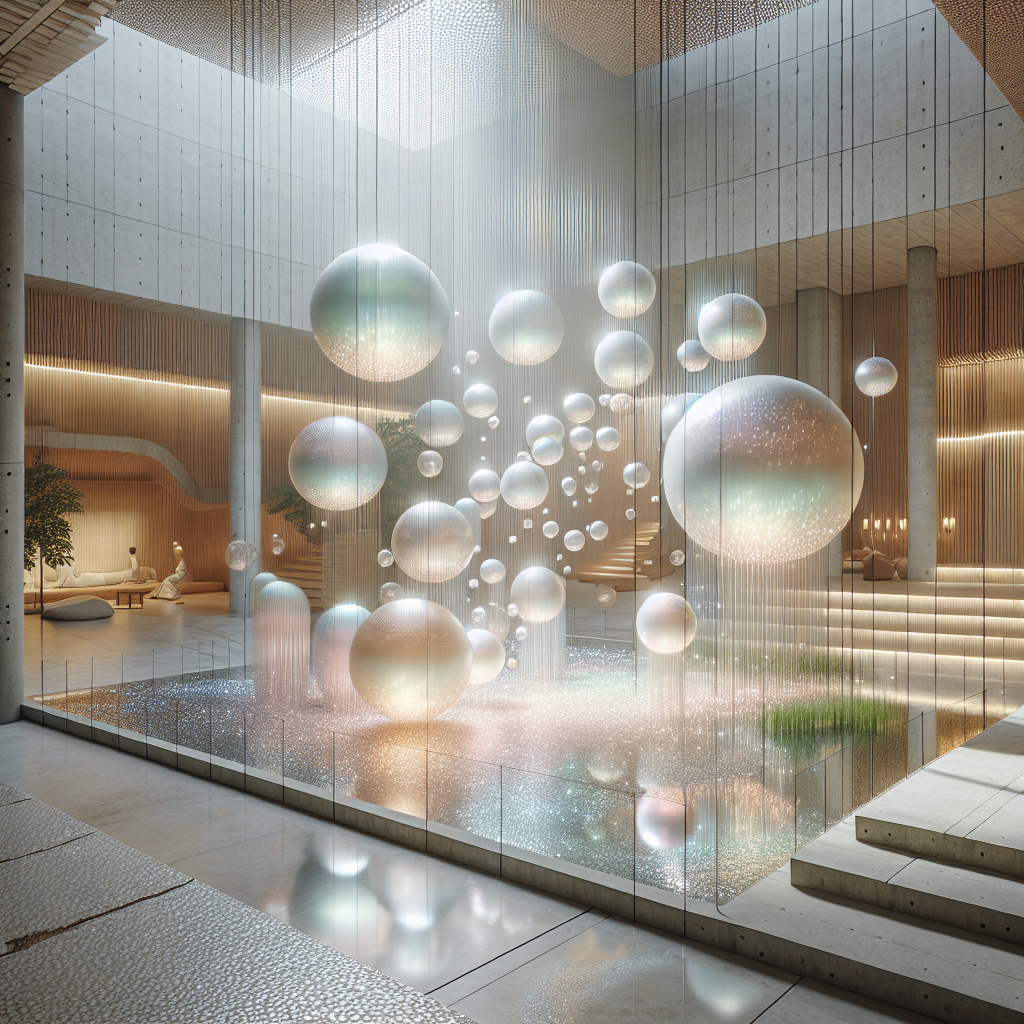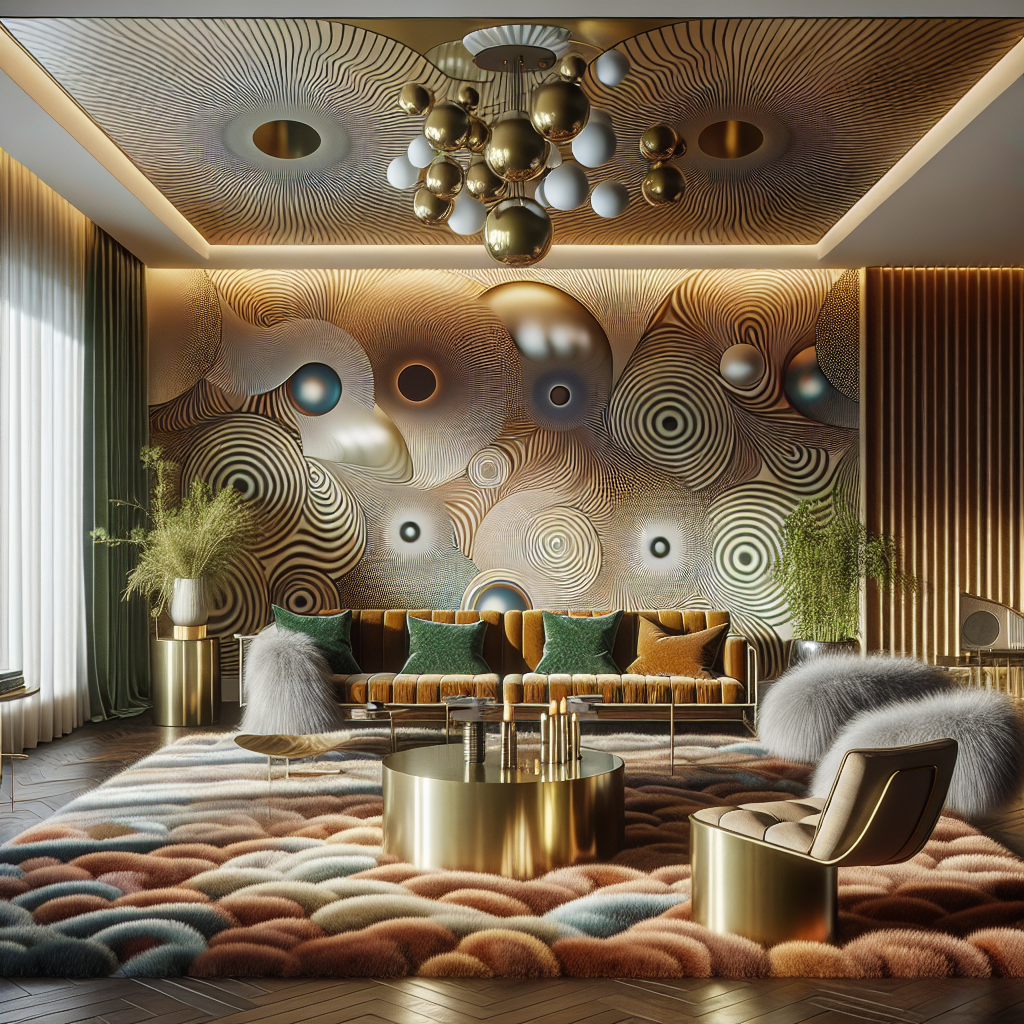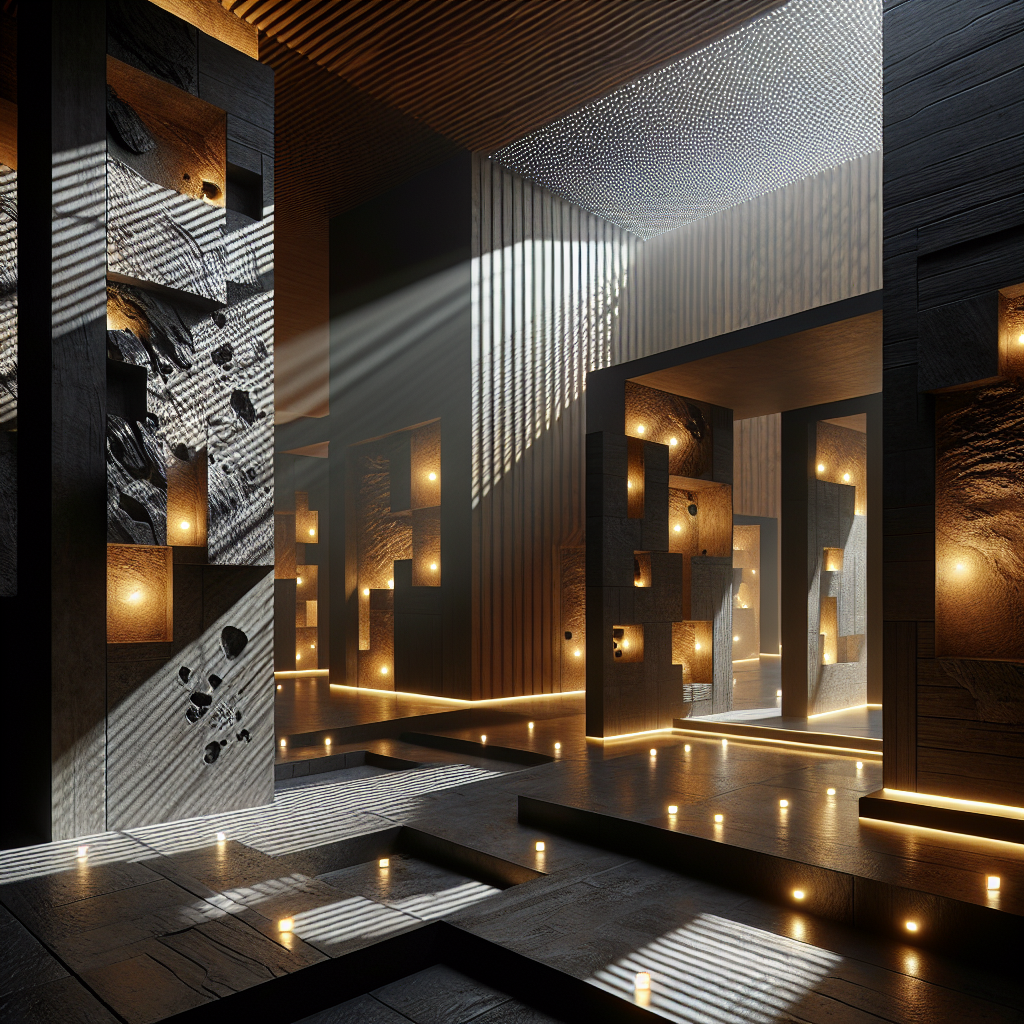Biophilic design and its impact on human health and well-being

Exploring the Benefits of Biophilic Design: Impact on Human Health and Well-Being
The term ‘biophilic design’ refers to a design philosophy that seeks to bring the natural world into the built environment. It is a way of creating a more harmonious relationship between humans and nature, by introducing elements of nature into the design of a building or space. In recent years, biophilic design has become increasingly popular, with many architects and designers looking to incorporate elements of nature into their work.
The concept of biophilic design has been around for centuries, but it has only recently gained traction as a design philosophy. The idea is that by incorporating elements of nature into the built environment, it can help to create a more harmonious relationship between humans and nature. This can have a positive impact on human health and well-being, as it can reduce stress levels, improve air quality, and provide a more calming and relaxing atmosphere.
One of the key elements of biophilic design is the use of natural materials. Natural materials such as wood, stone, and clay can be used to create a more natural and calming atmosphere. Natural materials can also help to reduce noise levels, as they absorb sound more effectively than man-made materials. Natural materials can also help to improve air quality, as they can help to filter out pollutants and allergens.
The use of plants is another key element of biophilic design. Plants can help to create a more calming and relaxing atmosphere, as they provide a sense of life and vitality. Plants can also help to improve air quality, as they absorb pollutants and allergens, and can even help to reduce noise levels. Additionally, plants can help to reduce stress levels, as they can provide a sense of calm and relaxation.
Biophilic design can also be used to create a more visually appealing environment. By incorporating elements of nature into the design of a building or space, it can help to create a more aesthetically pleasing environment. This can help to improve the overall atmosphere of a space, and can help to create a more inviting and pleasant atmosphere.
Finally, biophilic design can help to create a more sustainable environment. By incorporating elements of nature into the design of a building or space, it can help to reduce energy consumption and waste. This can help to reduce the environmental impact of a building or space, and can help to create a more sustainable environment.
Overall, biophilic design can have a positive impact on human health and well-being. By incorporating elements of nature into the design of a building or space, it can help to create a more harmonious relationship between humans and nature. This can help to reduce stress levels, improve air quality, and provide a more calming and relaxing atmosphere. Additionally, biophilic design can help to create a more visually appealing environment, and can help to create a more sustainable environment. For these reasons, biophilic design is becoming increasingly popular among architects and designers, and is becoming an important part of modern design.








